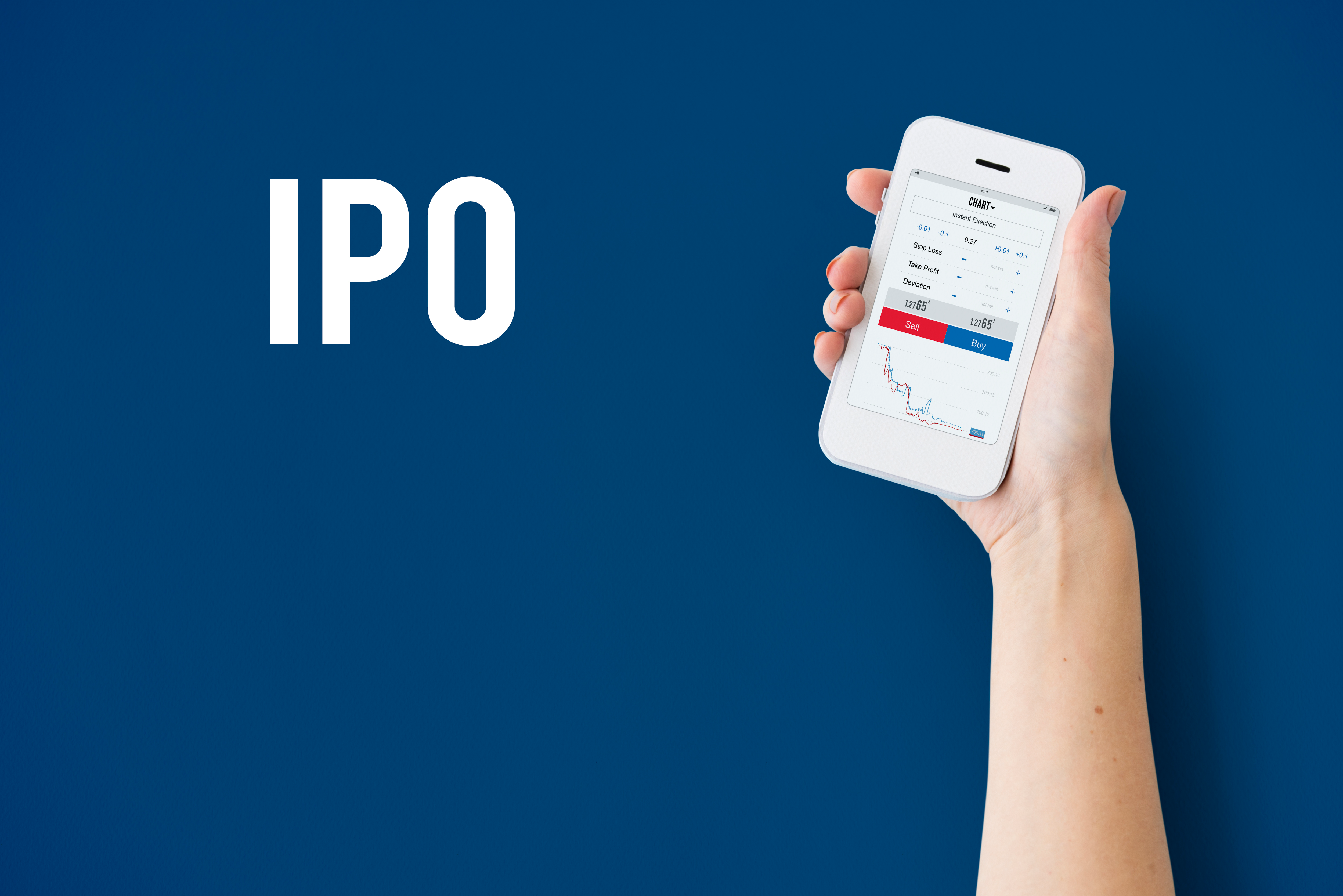IPO Basics 02 Sep 2025
IPO Investing vs Mutual Funds: What’s Better for Retail Investors?
When you want to grow money, investors often choose between quick wins and long-term safety. This is the same choice when picking IPOs or mutual funds. With an IPO minimum investment, you can join a company’s first day on the stock market and try to profit from the listing. Mutual funds, on the other hand, put your money into many assets, giving steady gains with less risk.
The main question is which option works best for small investors. By laying out the differences, risks, and simple plans, you’ll be ready to pick what matches your goals and comfort with risk. Read the key points to help you decide with confidence and match your goals and timeline.
Understanding IPO Investing
Before you compare, it helps to know the basics. Many investors search for IPO investment meaning when they first hear about companies going public. In simple terms, an IPO (Initial Public Offering) is when a private company sells its shares to the public for the first time. For retail investors, this feels like a chance to get in early before the stock rises in value.
Why IPOs are tempting
Early entry advantage: If the company does well, those who buy at the IPO stage may see strong returns.
Market buzz: IPOs attract media and investor attention, adding excitement and momentum.
Ownership feeling: There’s pride in being among the first to invest in a brand you trust.
Discounted pricing: Retail investors sometimes get shares at a discounted price compared to institutional buyers, making IPOs even more appealing.
But here’s the thing: IPOs also carry risks. Not all companies perform well post-listing. Some even dip below the offer price, leaving investors disappointed.
The Role of IPO Minimum Investment
Every IPO has a requirement called the IPO minimum investment. This is the smallest amount you need to apply for shares during the offering. For retail investors, this sets the entry point. It ensures you don’t need huge capital upfront, but it still demands that you commit a fixed amount.
IPO investment becomes crucial when deciding if the opportunity aligns with your budget. If you’re testing the waters, it may feel manageable. But if multiple IPOs launch around the same time, tying up money in all may be impractical.
Mutual Funds: A Different Game
Unlike IPOs, mutual funds focus on steady growth. You pool money with other investors, and a professional fund manager puts it into stocks, bonds, or other assets.
Why retail investors lean on mutual funds
Spread of risk: Your money is placed across many companies, lowering the chance that one stock wipes out your gains.
Professional help: You do not have to follow every company yourself.
Easy access: Systematic Investment Plans (SIPs) let you start with small amounts and keep investing regularly.
Liquidity: Mutual funds are simple to buy or sell, so investors can get their cash when needed.
Mutual funds might not offer instant excitement, but they often deliver steady, long-term growth.
Risk and Reward: A Real Comparison
All investments have risks and rewards, yet the balance looks very different when comparing IPOs and mutual funds. One can give fast gains, while the other aims for steady wealth over time. How do IPOs and mutual funds measure up against each other?
This shows the trade-off clearly: IPOs may give short-term excitement, while mutual funds favour long-term security.
Which Suits Retail Investors Best?
Here’s the plain truth: the “better” choice is different for each person.
Pick IPOs if you accept higher risk, can set aside money for the IPO minimum investment, and like studying companies. IPOs fit investors looking for big early gains. They often follow market news closely.
Pick mutual funds if you want steady, regular growth without daily worry. They work well if you don’t have time or interest in following single companies. Instead, you rely on the fund team to manage assets.
The Best of Both Worlds: IPOs + Mutual Funds
A smart plan for many small investors is to use both. Mutual funds can be the base of your portfolio, providing steadiness, while IPOs can be the chance bets you place when a company seems strong. This keeps you from putting everything in one holding.
Balanced portfolio: Mutual funds give steady gains while IPOs offer extra upside.
Risk control: Spreading money through funds cushions you if an IPO falls short.
Flexibility: You can change how much you put in IPOs based on your risk level and the market.
Can Finnpick Help You Navigate IPOs and Mutual Funds?
Investing should not feel like guessing, especially when you compare IPOs and mutual funds. Finnpick gives tools to show risks and rewards in a clear way. With simple insights and live data, you can decide if an upcoming IPO minimum investment fits your plan.
Real-Time Tracking – See IPO performance from the moment trading starts so you can act fast.
Clear Comparisons – Compare IPO chances with the steady growth of mutual funds using side-by-side views.
Subscription Trends – Check how much interest an IPO is getting to judge investor mood.
Easy-to-Read Data – Get plain numbers and charts that make complex info easier to follow.
Confidence Boost – With correct information, you invest with clarity instead of relying on hype or guesswork.
Invest Confidently, Track Effectively
Both IPOs and mutual funds can fit into a small investor’s portfolio. IPOs bring the thrill of early moves and the chance for big returns, but they can be uncertain. Mutual funds, on the other hand, give steady growth with less risk and the comfort of expert management. The best pick depends on your money goals, risk level, and how active you want to be in managing your investments.
Using a site like Finnpick to track IPO trends and compare options helps you make clear, balanced choices. Start using these insights now and take charge of your investment path.





